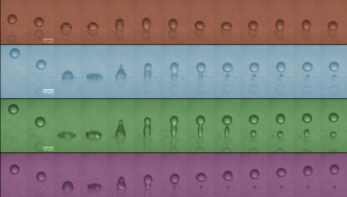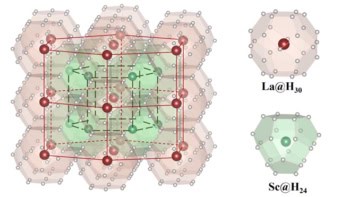
Amid spiralling oil costs and public fears of nuclear power, one promising alternative source of energy — water waves — is still almost completely unexploited. But the tide may soon turn for wave power, as physicists are developing a device that promises to be the cheapest and lowest-maintenance option yet.
Invented by Rod Rainey of Atkins engineering and design consultancy, UK, and Francis Farley, a retired scientist now based in France, the “Anaconda” is a huge rubber tube that can be moored offshore so that it floats just beneath the sea surface. When a wave approaches one end of the Anaconda, it creates a bulge at that end of the tube.
Like a ripple travelling down a length of rope, the bulge moves through the tube. But unlike a ripple in rope, which decays until it disappears, the bulge in the Anaconda is amplified by the surrounding waves, so that it grows. When it reaches the far end, the bulge drives a turbine, producing electricity.
“I’ve been working for years on the fringes of [wave power],” says John Chaplin at the University of Southampton who, in conjunction with colleague Grant Hearn, is researching the physics of the Anaconda. “I’ve always been rather sceptical, but I do actually think this is rather promising.”
‘Very encouraging’
The most electricity is produced when the Anaconda is in resonance with the surrounding waves. Although sea waves come in many different wave periods, there is usually a dominant wave period, which roughly relates to the size of the body of water the wave is travelling in. This means that, for example, the dominant wave period of waves in the Pacific is bigger than that in the Atlantic. The Anaconda can be tailored in dimensions to suit these different bodies of water. Moreover, certain parameters — such as the pressure of water inside the tube — can be altered to tune its resonance in situ.
Funded by the UK’s Engineering and Physical Sciences Research Council (EPSRC), Chaplin and Hearn are currently investigating prototypes that are about 8 m long. However, they expect full-scale versions to be as long as 150 m, producing as much as 1 MW of power, or enough for 2000 houses. They estimate this would cost £2m, which places the Anaconda three times cheaper than their main rival wave-power converter. The rubber construction also makes the device almost free from maintenance.
Tom Roach, the managing director of Avon Fabrications, is refining the design for a proof-of-concept Anaconda, and expects one to be at sea within three years. But it is a monster undertaking — at 200 tonnes, the Anaconda will be the largest rubber device ever. “The results are very encouraging,” he says.



